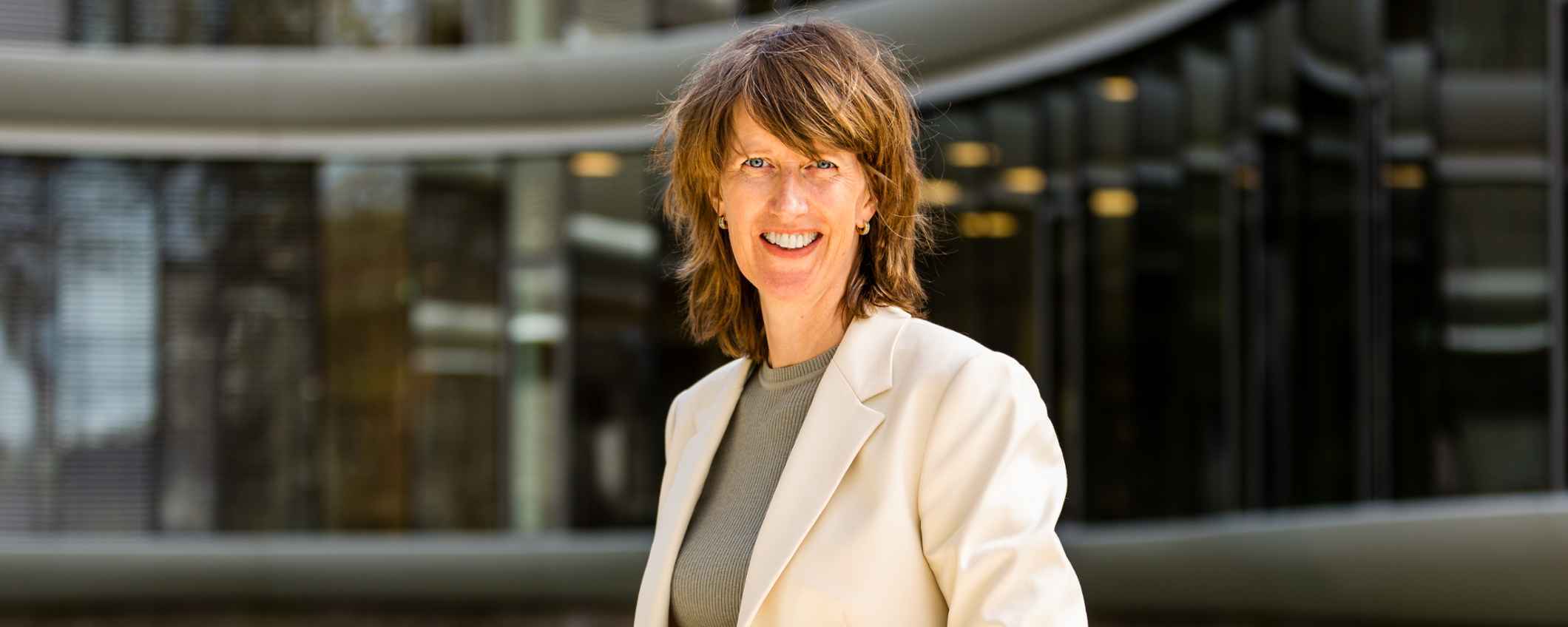Preserving our nature and biodiversity can feel like an impossible task. We're already perilously close to the planet's breaking points, and there is so much to recover. But, by breaking the goals down into smaller, manageable steps, we can do it.
Dollar by dollar, we can reach USD 200 billion
The Kunming-Montreal Global Biodiversity Framework (GBF) set two clear targets. The first was to divert at least USD 500 billion away from harmful activities like deforestation, pollution or unsustainable agriculture by 2030. In my previous column, I wrote about how the financial firms incapable of doing this are suffering from a leadership and courage crisis.
In this article, I am writing to the many brave and serious leaders out there about the second goal; to put at least USD 200 billion into conserving nature over the next five years. I want to tell you that together we CAN do it.
Sure, USD 200 billion feels like a lot. But it's not as much as you'd think, especially when we're talking about preserving nature across the entire planet.
At Triodos, we're dedicating EUR 500 million to this cause, which is around 0.264% of the larger goal. If 377 banks or investment firms like us did the same thing, we will reach USD 200 billion, no problem. With over 10,000 banks and 22,000 investment houses in the world, there is no reason why we should not be able to do this. Together, we are powerful.
Implementing natural capital accounting
Nature-based financing is a lot more achievable than it sounds too. A pragmatic way to get started is to simply add a new tab to the balance sheets. Natural capital accounting means that we quantify what we're taking from nature with every investment or transaction.
Calculate the number of trees that have been cut and the carbon that they will no longer be able to absorb. Measure the biodiversity loss arising from the investment. Understand how pollinators can be affected. And how less roots or degraded soil increase flood risks for neighbouring communities. Add in the human and societal impacts too, it's all connected.
Natural capital accounting is a relatively simple thing that every single business can do, no matter how big or small. Every investment, close to home or far away, has an impact on the planet. The sooner we understand the extent of it, the better. Three quarters (75%) of investors want to know about the environmental impacts too, according to 2023 research.
Once we see what we are taking from nature, we can also take measures to give it back. Reciprocity is everything.
Nature-based financing is vast and vibrant
As asset managers, we must take a broad view of nature-based financing. Not so far that it blurs the lines of greenwashing. But wide enough to encompass carbon sequestration, water filtration, crop pollination and flood management.
In most cases, as lenders and investors we stand to profit significantly – much more than the soon-to-be stranded assets that shortsighted asset managers are still investing in.
Nature-based financing is smart. Take, for example, Triodos Bank UK's GBPP 20 million loan to Oxygen Conservation. This clever company restores and protects 93 square kilometres of Scottish forestry, generating a positive economic return as a result of its work. Or the Dutch project developer Urban Woods, that develops nature-inclusive real estate projects. These are businesses that turn healthy profits by working with nature, not against it. They give to nature, and it gives back.
Vibrant and collaborative business models are also waiting to be explored. As part of our recent partnership with Canadian pension fund Fondaction, we are setting up a joint venture that focusses on addressing the finance gap for biodiversity and natural capital solutions in developed markets, such as regenerative agriculture, sustainable forestry and nature restoration. The very fact that investing in nature is a long-term issue makes it interesting for pension funds. No wonder that the Dutch Association of Investors for Sustainable Development (VBDO) notes that pension funds are increasingly looking at ways to invest in biodiversity.
Nature is on our side
Restoring nature is a gift in itself. It's how we preserve our own lives on Earth and continue to do so for future generations. Everybody already knows that protecting nature is the right thing to do. We know it innately without needing to read it in a book or quarterly earnings report. As financial sector, we now need to get to action and live up to our commitment. Together we can move mountains.
This column was originally published in Dutch on IEX Profs.

